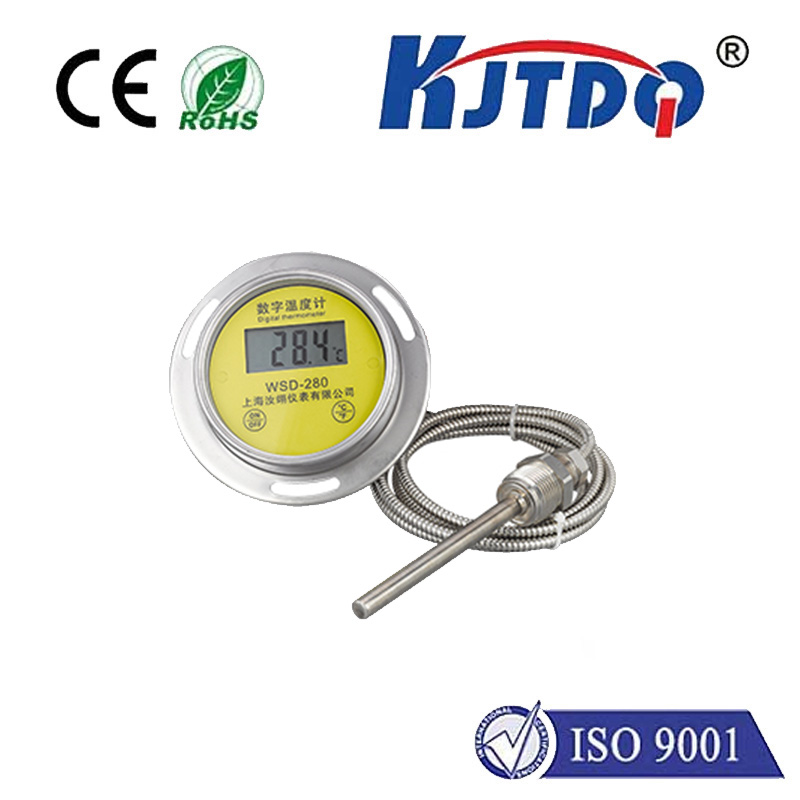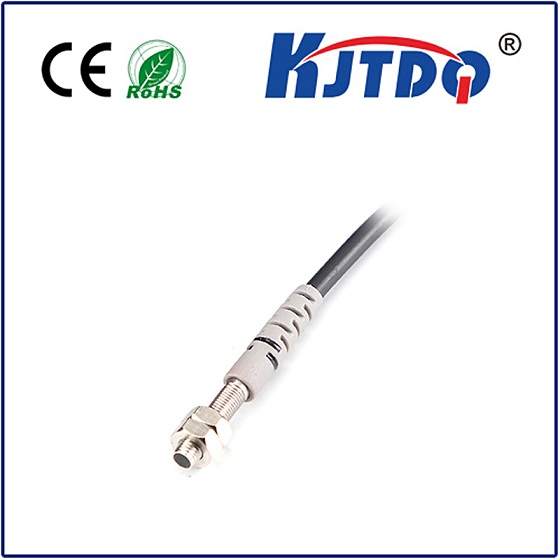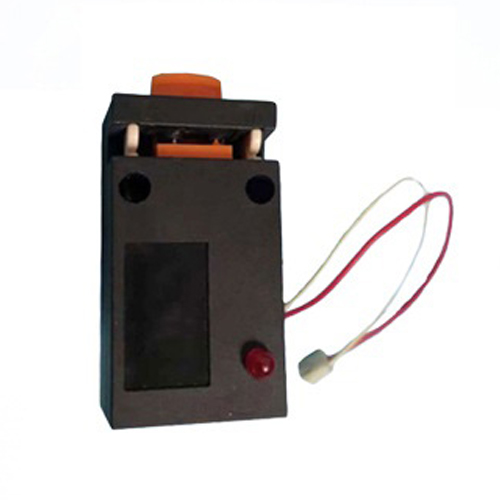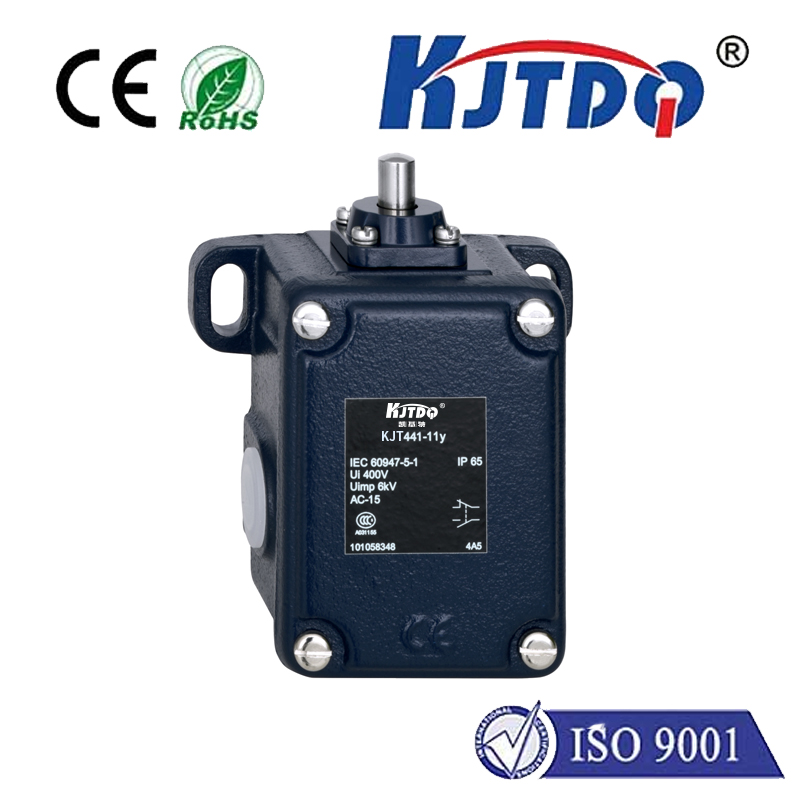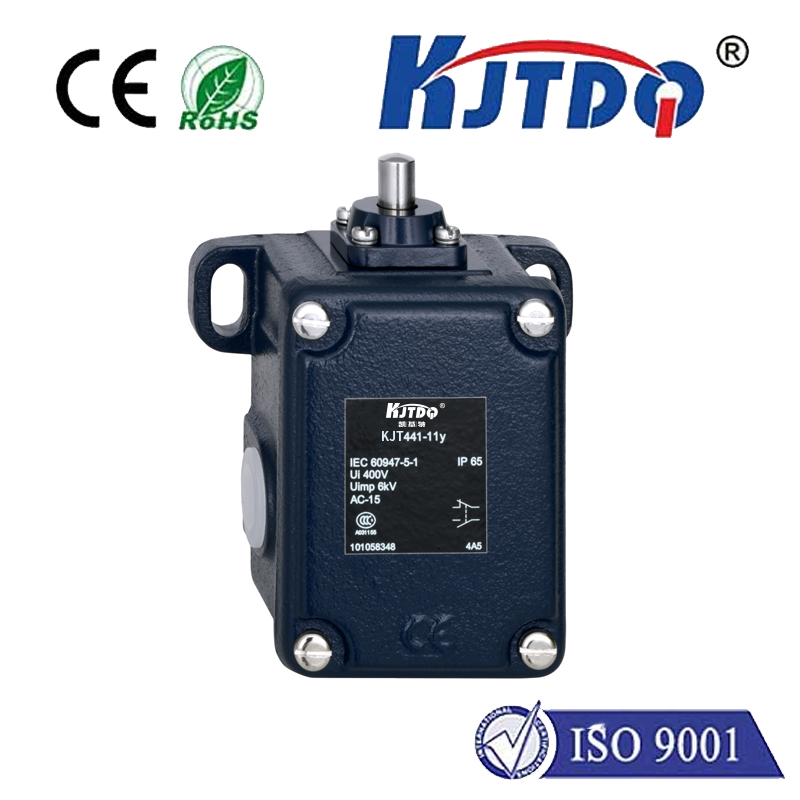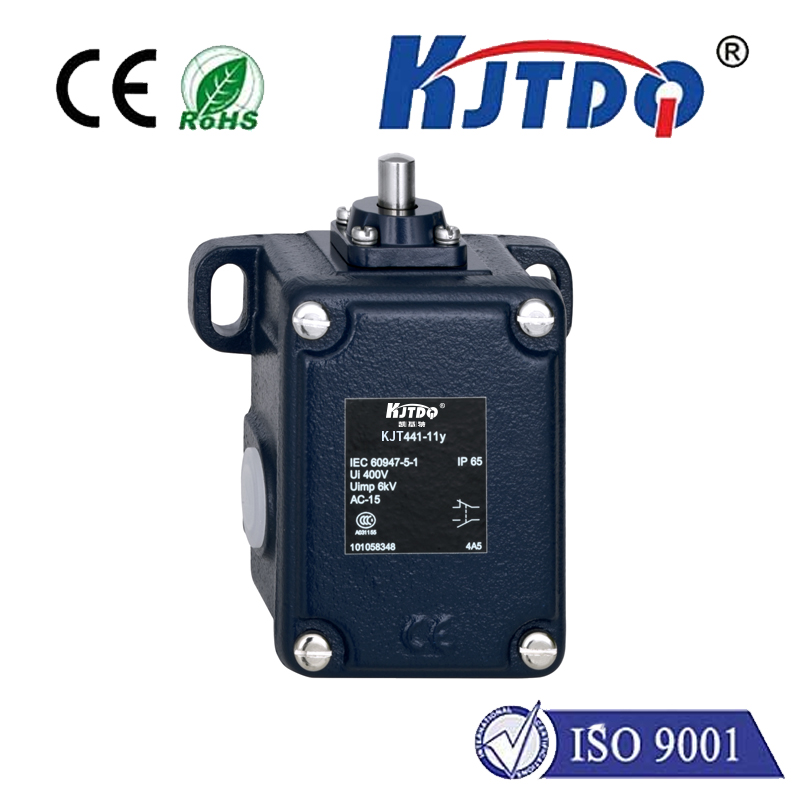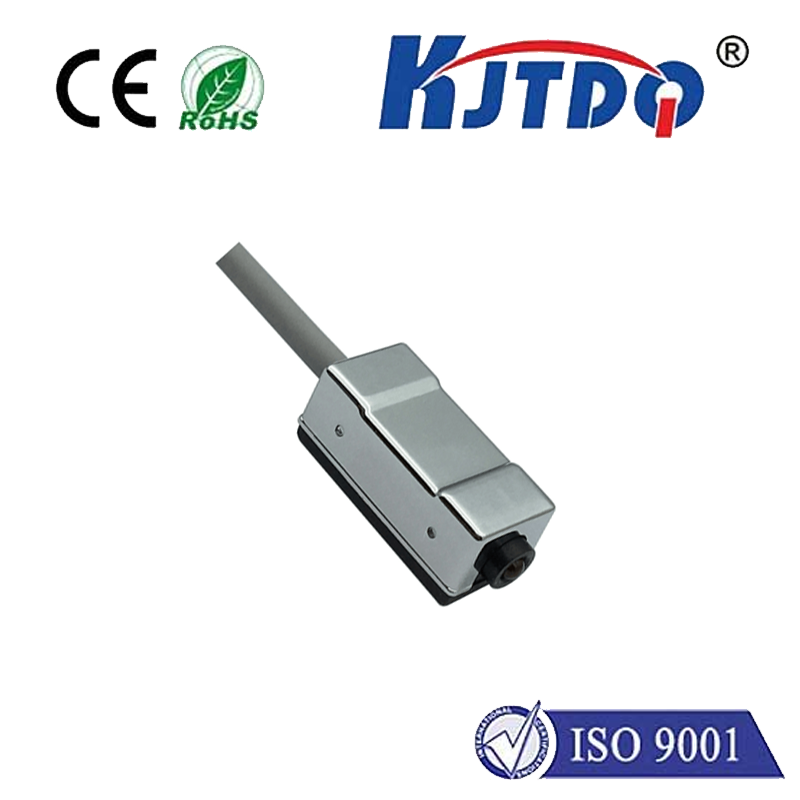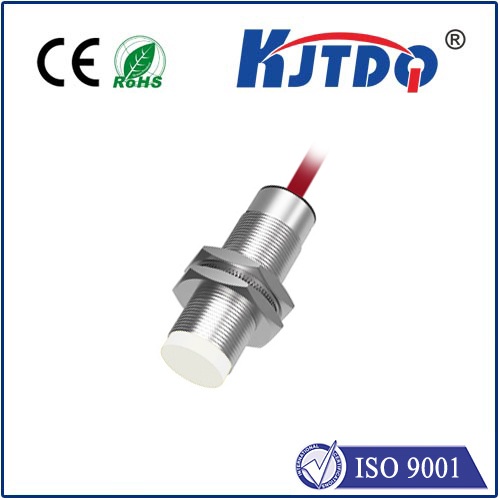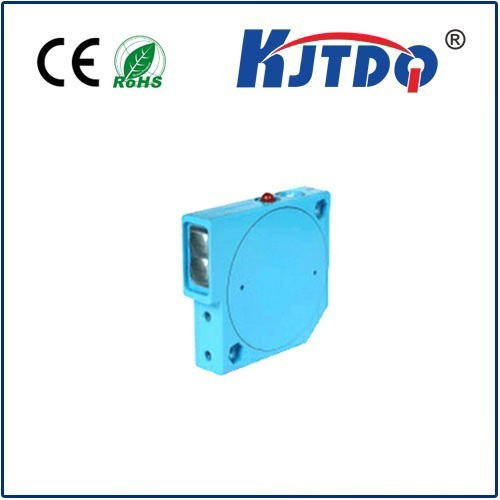8mm proximity sensor
- time:2025-06-14 03:19:04
- Нажмите:0
The Mighty 8mm: Unlocking Precision in Compact Spaces with Proximity Sensors
Imagine a robotic arm flawlessly assembling tiny components on a circuit board, its gripper stopping precisely at the perfect pick-up point every single time. Or envision a high-speed conveyor system effortlessly sorting intricate plastic parts, ensuring only flawless items proceed. What invisible sentinel makes this millimeter-perfect precision possible? Often, it’s a compact powerhouse lurking within the machinery: the 8mm proximity sensor. This unsung hero of industrial automation delivers critical non-contact detection within a critical range, enabling efficiency and reliability where space is tight and accuracy is paramount.
What is an 8mm Proximity Sensor?
At its core, a proximity sensor is an electronic device designed to detect the presence or absence of an object without physical contact. An 8mm proximity sensor is specifically tuned to sense metallic or non-metallic objects (depending on its type) that come within approximately 8 millimeters (0.315 inches) of its sensing face. This specific sensing distance defines its operational sweet spot.
How Does an 8mm Proximity Sensor Work?

The most common types operating at this range are inductive proximity sensors and capacitive proximity sensors, each utilizing distinct principles:
- Inductive Proximity Sensors:
- Core Principle: Generate a high-frequency electromagnetic field from a coil within the sensor head.
- Detection: When a metallic object enters this field, it induces eddy currents on the object’s surface. This current draw dampens the sensor’s internal oscillation amplitude.
- Output: The change in oscillation is detected by the sensor’s circuitry, triggering a solid-state output switch (like an NPN or PNP transistor). They excel in detecting metals like steel, aluminum, brass, copper (though detection range varies with metal type).
- Robustness: Highly resistant to dust, dirt, oils, and moisture – ideal for harsh industrial environments. 8mm inductive sensors are workhorses on factory floors.
- Capacitive Proximity Sensors:
- Core Principle: Generate an electrostatic field extending from the sensor face.
- Detection: When any object (metal, plastic, wood, liquid, glass, powder) enters this field, it alters the capacitance of the circuit.
- Output: This capacitance change is detected, triggering the sensor’s output state. 8mm capacitive sensors are incredibly versatile. They can detect materials inductive sensors miss, like plastic bottles, wood panels, liquid levels through thin non-metallic containers, and granular substances.
- Sensitivity: Often feature adjustable sensitivity to handle different materials and environmental conditions.
Why Choose an 8mm Sensing Distance? The Power of Proximity
The 8mm detection range isn’t arbitrary; it offers significant advantages for a vast array of demanding applications:
- Precision Positioning & Control: Where even small deviations matter, 8mm proximity sensors shine. They provide highly reliable object detection crucial in position sensing, end-of-travel detection for cylinders or slides, and verifying component presence or absence in exacting assembly processes.
- Perfect for Compact Designs: In modern machinery, real estate is precious. The relatively short 8mm sensing distance allows these sensors to be mounted very close to target objects, making them ideal for space-constrained applications. Think robotics, small automated machines, and miniaturized equipment.
- Enhanced Safety & Damage Prevention: Non-contact detection eliminates mechanical wear and tear on both the sensor and the target object. This translates to increased sensor longevity and reduces the risk of damaging delicate components.
- Reliability in Tough Conditions: Shielded from physical contact and designed to withstand industrial environments (many offer high IP ratings for dust/water resistance), 8mm proximity sensors deliver consistent, reliable operation where other methods might fail.
- Cost-Effective Solution: Compared to complex optical systems or contact switches requiring maintenance, proximity sensors offer a simple, durable, and cost-effective detection solution for countless routine tasks.
Key Applications: Where 8mm Proximity Sensors Excel
The combination of compact size, precise detection, and non-contact operation makes the 8mm proximity sensor indispensable in numerous sectors:
- Промышленная автоматизация: End-of-arm tooling (EOAT) position verification, part presence/absence detection on conveyors or pallets, cylinder position feedback, machine guarding, spindle tool detection, rotary encoding.
- Robotics: Precise position control of robot arms and grippers, confirming object grasp/release, proximity sensing for collision avoidance in tight spaces.
- Packaging Machinery: Detecting cartons, bottles (plastic or glass), caps, labels; verifying fill levels through thin containers (capacitive); counting items reliably.
- Перевозка материалов: Verifying the position of pallets, containers, or slides; detecting jams; confirming the presence of items on conveyors.
- Consumer Electronics Manufacturing: Micro-component position sensing during delicate assembly processes.
- Automotive: Position sensing in actuators and assemblies, detecting pedal position, fluid level sensing through reservoirs (capacitive).
- Food & Beverage: Bottle/can detection on filling lines, cap presence verification, level detection in plastic tanks.
Key Considerations When Selecting an 8mm Proximity Sensor
Choosing the right sensor ensures optimal performance:
- Target Material: Is it metal? Choose inductive. Is it plastic, wood, liquid, powder, or non-ferrous metal? Choose capacitive. The exact material impacts the achievable sensing range.
- Environmental Factors: Consider temperature extremes, dust, dirt, oils, cleaning chemicals, electrical noise, and potential physical impacts. Look for appropriate IP (Ingress Protection) ratings.
- Output Type: Does your control system require a PNP (sourcing) or NPN (sinking) DC output? What voltage level (e.g., 10-30V DC)?
- Mounting: Flush-mountable or non-flush? Consider the available space and surrounding metallic objects that could influence sensor operation.
- Connector Style: Pre-wired cables or quick-disconnect connectors (M8, M12)?
- Switching Frequency: How fast does the target object approach? Ensure the sensor’s response time meets the application’s speed requirement.
- Inductive Factor (for Inductive Sensors): Different metals reduce the effective sensing range (e.g., steel = nominal range, stainless steel = 60-80% of nominal, aluminum/copper = 30-50% of nominal).
From the intricate dance of robotic arms to the relentless flow of production lines, the 8mm proximity sensor is a master of close-quarters detection. Its unique blend of compact design, precise 8mm sensing range, robust operation, and non-contact reliability makes it an indispensable component for achieving efficiency, accuracy, and safety in countless automation tasks. By selecting the right type (inductive for metals, capacitive for nearly anything) and carefully considering application parameters, engineers harness the power of these versatile sensors to solve real-world challenges where precision and space are critical factors. In the relentless pursuit of optimized performance, these small but mighty devices consistently deliver significant value, acting as the essential, unseen eyes and triggers within the heart of modern machinery.

